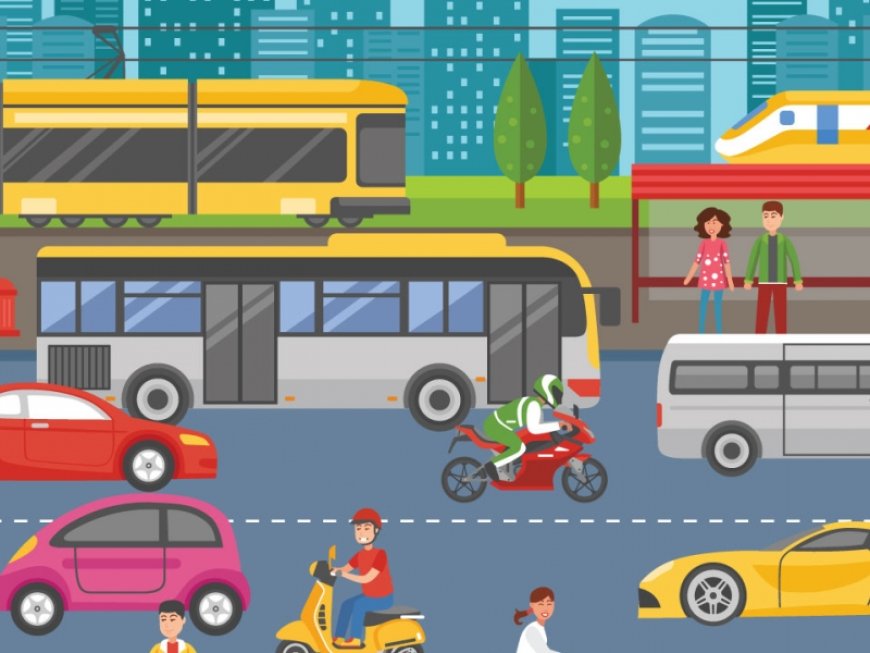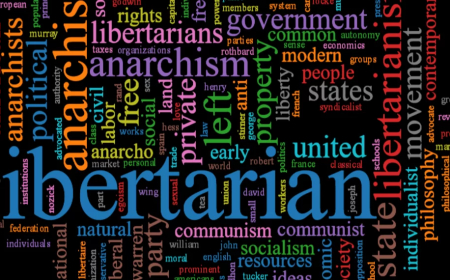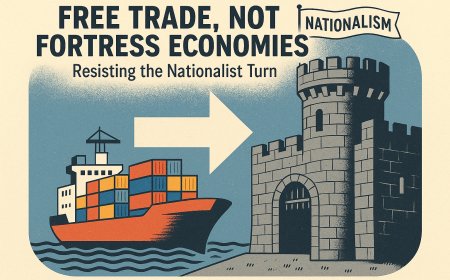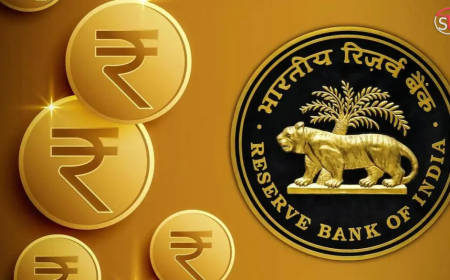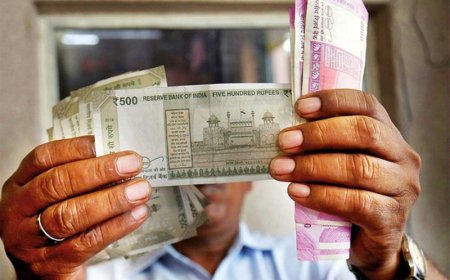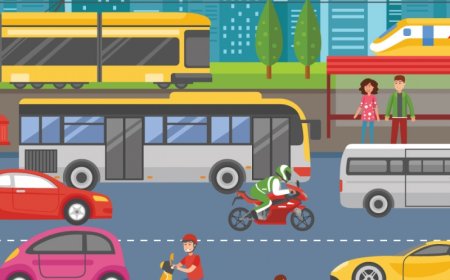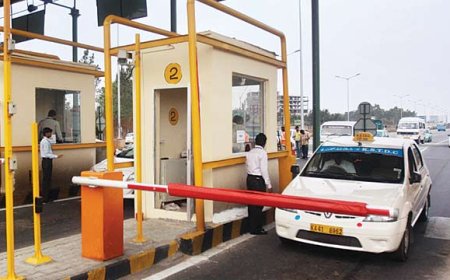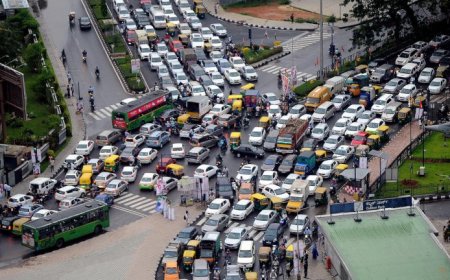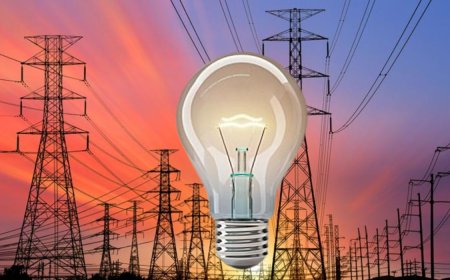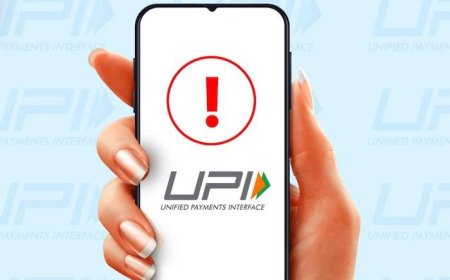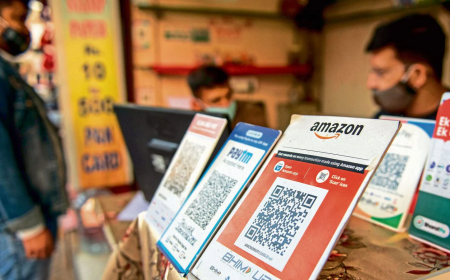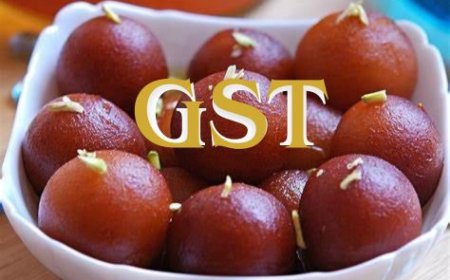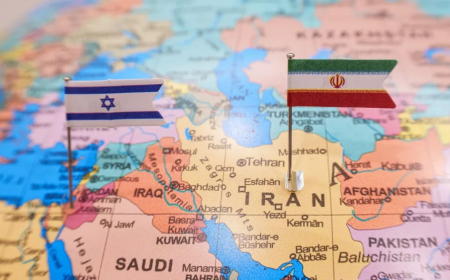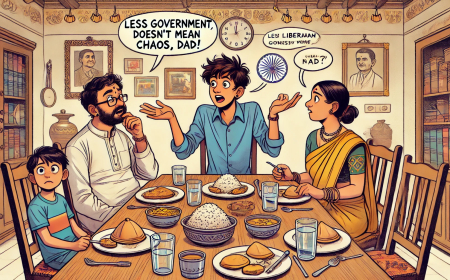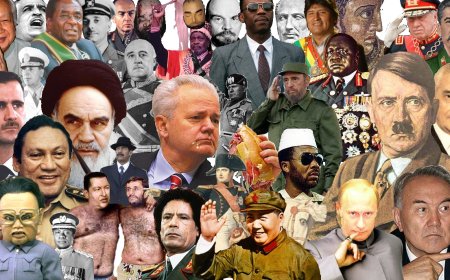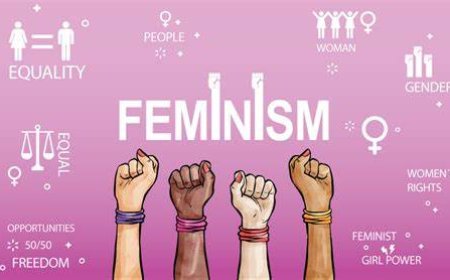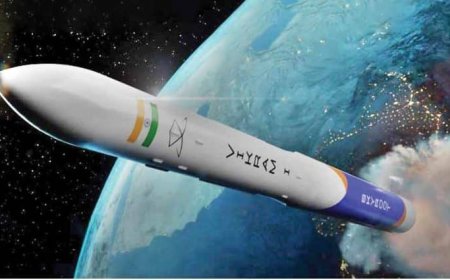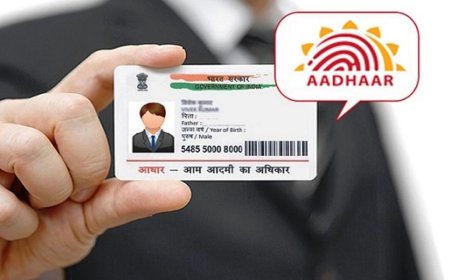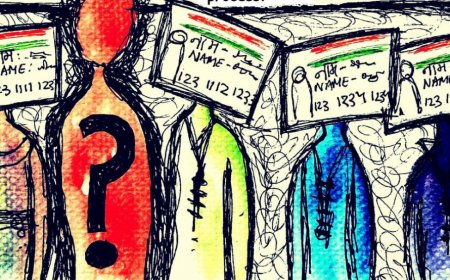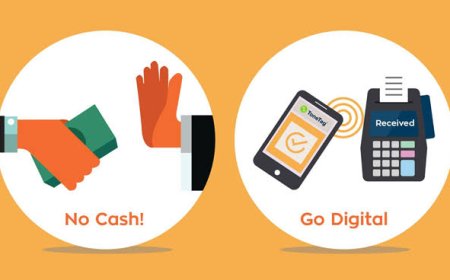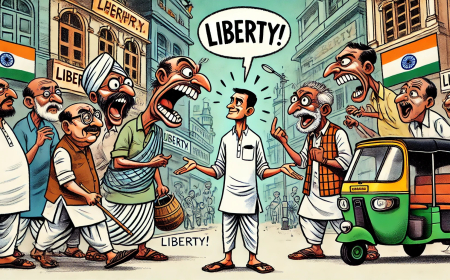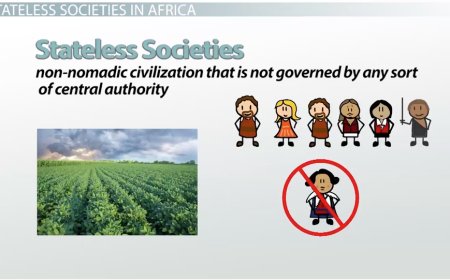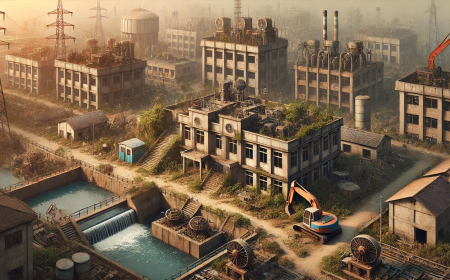Introduction: Why Is Public Transport in India So Inefficient?
Every Indian commuter knows the pain of delayed trains, overcrowded buses, and crumbling infrastructure. Whether it’s the Indian Railways or state-run buses, the experience is often frustrating.
But here’s the big question: Why is India’s public transport so inefficient?
Is it lack of funding? Bad management? A broken system?
One simple answer: Government control.
India’s state-run transport is slow, outdated, and bleeding money, while private transport services thrive. This raises an important question: Should India privatize its transport system?
The Current State of Public Transport in India
India’s public transport is dominated by two main sectors:
✔ Railways – A state monopoly controlled by Indian Railways.
✔ Buses – Mostly run by State Transport Undertakings (STUs) like BEST (Mumbai), DTC (Delhi), and BMTC (Bengaluru).
And both are in serious trouble.
???? Indian Railways – Despite being one of the world’s largest railway networks, it runs at a loss due to inefficiency, outdated infrastructure, and political interference. The annual losses from passenger services alone exceed ₹50,000 crore.
???? State-Run Bus Services – These services suffer from low quality, financial losses, and mismanagement. State bus corporations lose thousands of crores each year, while private buses operate profitably on the same routes.
So why does government-run transport keep failing, while private transport operators succeed?
How Private Transport Outperforms Government Systems
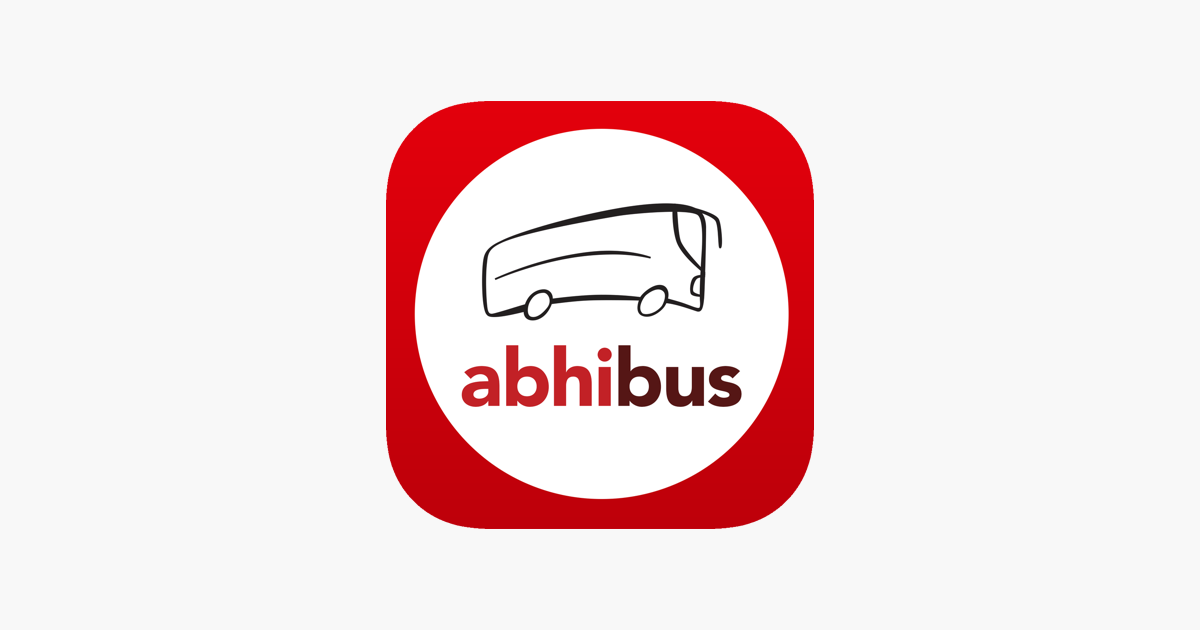
Across India, private players are already providing superior services where the government has failed. Here’s how:
1. Faster, More Reliable Trains & Buses
- Private buses like RedBus, VRL, and Orange Travels provide on-time services, cleaner buses, and better customer service compared to government buses.
- Privately run metro and monorail systems, like the Hyderabad Metro, are more efficient than older government-run networks.
2. Profitable & Efficient Operations
- While state transport corporations accumulate losses, private operators run at a profit despite receiving no subsidies.
- Example: Maharashtra’s MSRTC bus service loses money every year, but private buses on the same routes make consistent profits.
3. Innovation & Technology
- Private transport providers adopt real-time tracking, online booking, and cashless payments faster than government services.
- Ola and Uber revolutionized urban transport, something government-controlled taxi services failed to do.
4. Lower Corruption, Better Accountability
- Government-run transport services are plagued by bribery, political interference, and inefficiency.
- Private transport companies compete for customers—so they have an incentive to improve services.
Example: Delhi’s government bus system has had multiple scams related to overpricing, poor maintenance, and mismanagement. Meanwhile, private buses in the same city provide cheaper, more frequent, and cleaner rides.
The Case for Privatization: What India Can Learn

Countries that privatized their transport have seen major improvements in efficiency, affordability, and service quality.
???? The UK: British Rail was privatized in the 1990s, leading to better services and higher investments.
???? Japan: Private railway operators like JR East are profitable and punctual compared to their government counterparts.
???? Hong Kong: The privately run MTR (Mass Transit Railway) is one of the most efficient metro systems in the world.
If India follows a similar path, we can expect:
✔ Faster trains & buses with better scheduling.
✔ Lower fares due to competition.
✔ More investment in infrastructure without burdening taxpayers.
✔ Less corruption & political interference.
Counterarguments: What About Affordability & Accessibility?
Critics argue that privatization might:
Make fares unaffordable – But in reality, competition lowers fares, as seen with private buses.
Exclude rural areas – However, private operators will expand wherever there’s demand, just like mobile networks.
Prioritize profit over public service – But government-run services are already failing citizens, and private operators have incentives to improve quality.
Conclusion: It’s Time for a Transport Revolution
India’s government-run transport system is outdated, loss-making, and inefficient. Meanwhile, private transport services are proving to be faster, better, and more reliable.
The solution? Privatize railways and bus services.
- Allow private players to operate trains and buses on a competitive basis.
- Reduce government monopolies in urban transport.
- Encourage foreign and domestic investment in public transport infrastructure.
A free market in transportation will lower fares, improve service, and reduce taxpayer burden.
The question is: Are we ready to move beyond government-run failures and embrace a modern, efficient, and competitive transport system?
